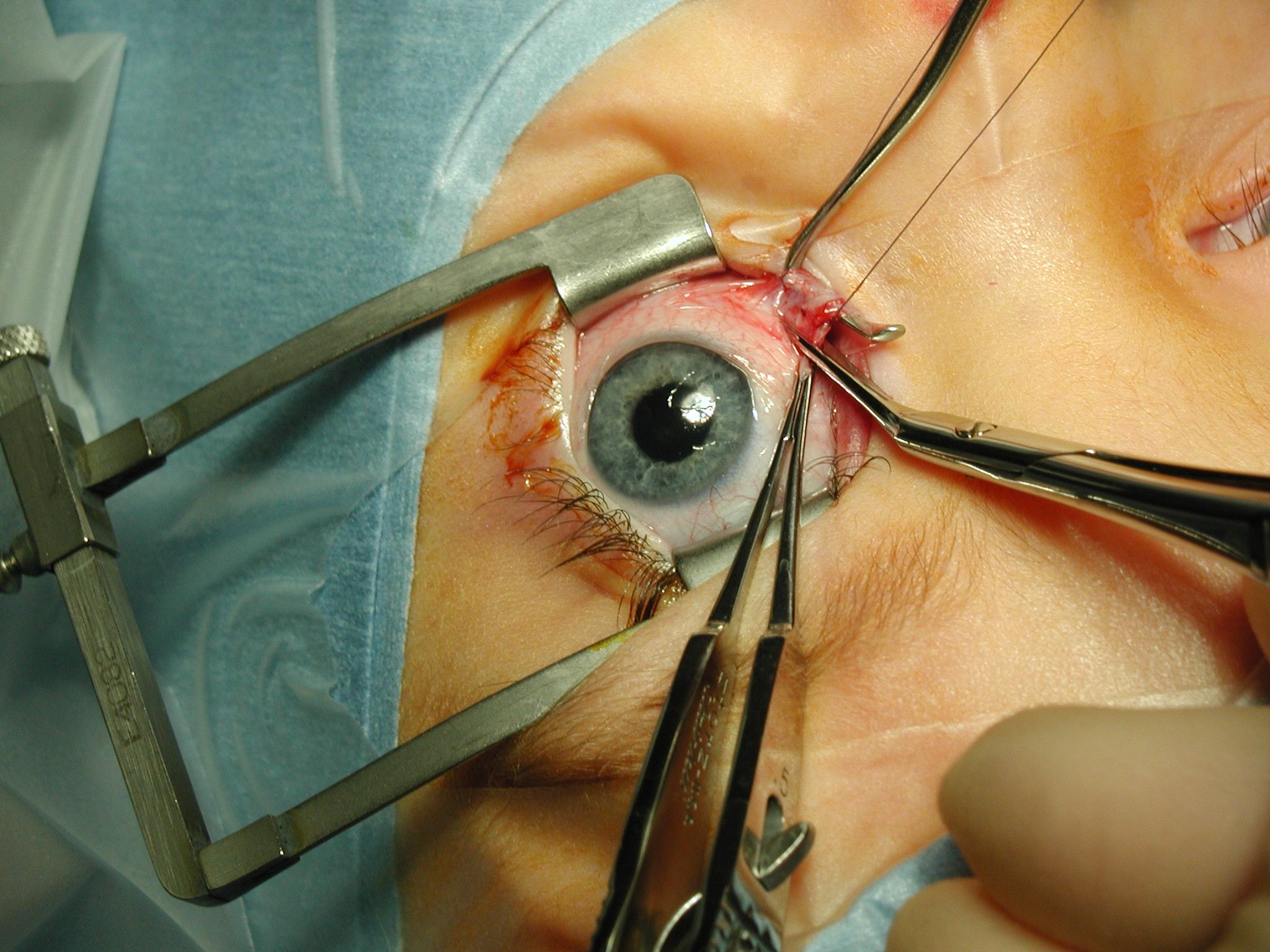It is used to treat diseases that affect the retina and vitreous. It is a technique of ocular microsurgery where vitreous extraction is performed, or what is the same as the transparent gel that fills the ocular cavity. In this way you can access the vitreous cavity (the back of the eyeball) and manipulate the retina to improve some eye diseases.
What is vitrectomy?
It is used to treat diseases that affect the retina and vitreous. It is a technique of ocular microsurgery where vitreous extraction is performed, or what is the same as the transparent gel that fills the ocular cavity. In this way you can access the vitreous cavity (the back of the eyeball) and manipulate the retina to improve some eye diseases.
When is this technique recommended?
Vitrectomy surgery is indicated mainly for those patients who have vitreous diseases. This medical condition has become common these days that must be treated in the initial stages before things get worse. It also serves to treat other diseases on the retina that may also indirectly affect the vitreous. These are the cases in which this technique can be applied and implemented with thorough detailing;2
- Complications derived from uveitis
- To solve complications that arise after cataract surgery
- Diseases related to myopia magna, an alteration of refraction when myopia is greater than 6 diopters
- Inflammation in the eye
- Some diseases of the macula such as macular holes, membrane neoformation, degenerations in this part of the eye, etc.
- Serious injuries or trauma to the eye
- Intraocular hemorrhages
- Retinal detachment
- Diabetic retinopathy: in cases where diabetes has affected the retina
What is the intervention?
It is a technique that is carried out under local anesthesia and whose duration does not exceed two hours. It is a microsurgery, since tiny entries are made and the instruments are also small in size. This operation should always be performed by a retina professional. The ophthalmologist during the intervention is looking at the eye through a microscope to ensure accuracy.
Other procedures included in this operation are the injection of gas or silicone oil, very similar to the vitreous, into the eye socket to help the retinal repair process after the operation. With this technique it is also possible to combine other operations, such as cataract surgery or corneal transplantation.
Are there any risks?
Approximately 82% of patients who undergo this technique achieve great improvements in vision after the operation, although the figures are very positive, as any operation has some type of risk. Only 18% of the operated persons present some complication and 9% do not experience any improvement. The risk lies in whether the operation is carried out jointly with some other procedure.
Postoperative
It is very important, as in all operations and treatments, to faithfully follow the advice and indications of our ophthalmologist to avoid possible side effects and to make recovery easier and with better and perfect results.
In most cases, normal life can be done without restrictions, although it is important to avoid sudden movements and intense physical exercise during the first week. After the intervention, a treatment with anti-inflammatory drops, antibiotics and pupil dilators is recommended, which should be prescribed by the doctor. The treatment time will also depend on the evolution of each patient.
In the case of having the following symptoms we recommend going to your doctor immediately:
- Severe and throbbing pain that does not go away with medication
- Present bleeding in the postoperative period
Vitrectomy is an excellent option for those people who have impaired vitreous humor, due to various ocular pathologies, since they will be able to recover their eyesight ( vision ) and will notice a great improvement in quality of life.
On our website you can find our associated ophthalmological clinics! Go to a professional to inform you and explain in more detail about this intervention. It is very important that the ophthalmologist study all your variables to recommend the best solution in a personalized way





